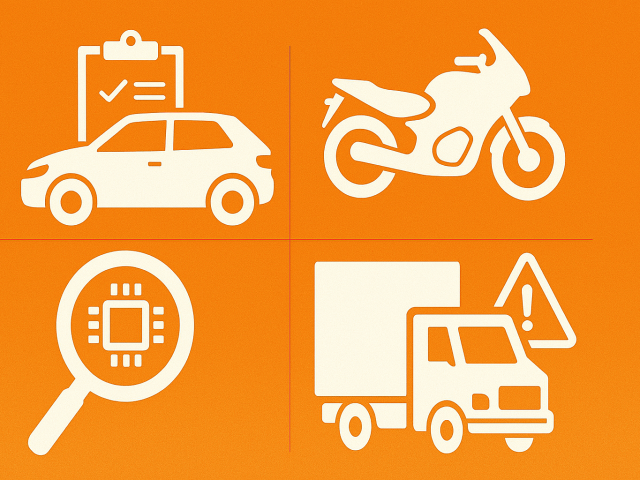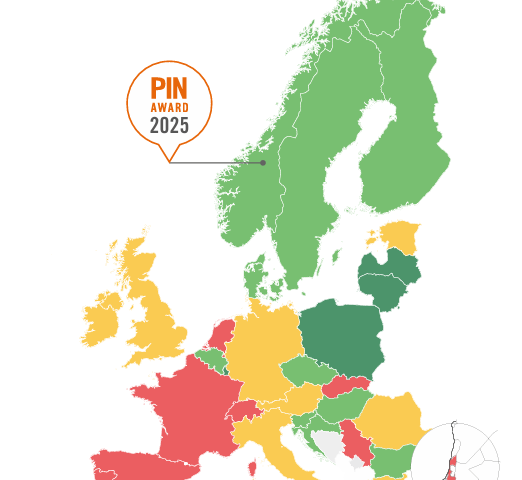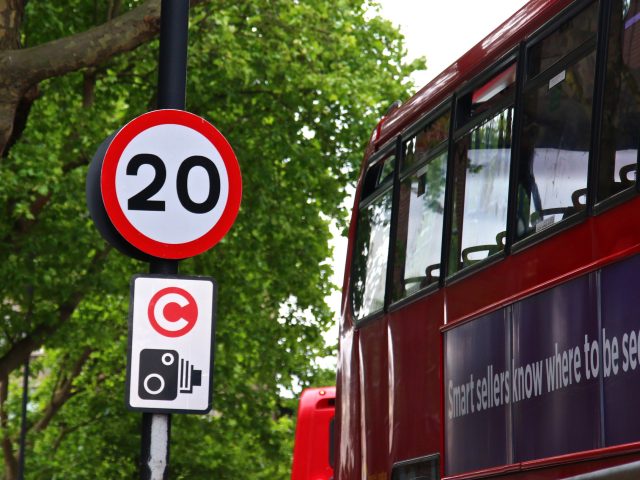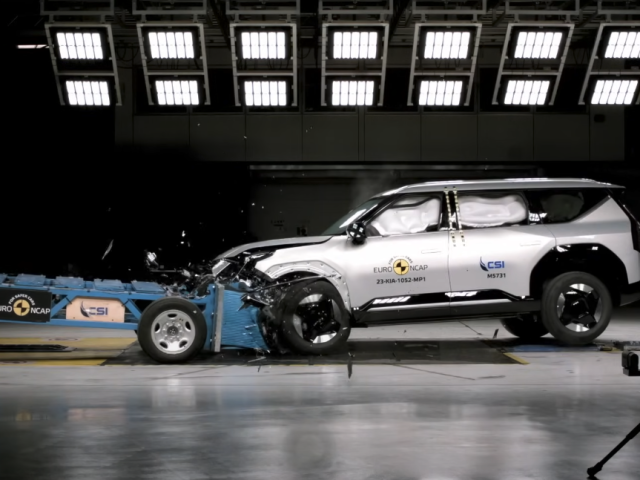Opinion: a closer look at which transport modes cause most harm
Antonio Avenoso, Executive Director, ETSC
Earlier this month, the European Commission published new analysis of EU road death data that shows which transport modes are responsible for inflicting the most harm. Similar analysis has previously been carried out at the national level in the UK and France.
The breakdown (see infographic above) shows road user type and the other ‘main vehicle’ involved in the crash. The figures used are from 2019 as detailed data for 2020 are not yet available. The analysis shows that deaths overwhelmingly occur in collisions involving cars and trucks, and the need to increase the protection of vulnerable road users (VRU) such as pedestrians and cyclists. Of course, this is not new information, but presenting the data in this way highlights the need to do much more to encourage a move away from those modes that cause the most harm, and more and better ways of protecting the most vulnerable road users. Matthew Baldwin, the European Commission’s road safety coordinator uses the term ‘valuable road users’ for these groups – because walking and cycling also contribute to reducing air pollution, congestion and climate change as well as reducing overall harm in terms of injury and death.
EU policies are already evolving in this direction, to some degree, with the new mandatory vehicle safety measures introduced by the General Safety Regulation focussed on VRU. Vulnerable users also need to be taken systematically into account by countries when applying the Road Infrastructure Safety Management Directive – though this does not apply to all roads. In urban areas, ETSC has long advocated for an inverse triangle hierarchy of priority with vulnerable road users at the top, followed by public transport, with private motorised transport at the bottom. The reality in most cities in Europe today is still the reverse, but there are signs this is changing. Here in Brussels, where I live and work, a shift to a city-wide default 30 km/h speed limit already appears to be paying dividends, according to the early data. Paris has made a similar move, and Spain wants all urban areas to use this lower limit by next summer. This is a good start, but safer infrastructure such as separated cycle lanes – which can also be used by new types of vehicle such as e-scooters – is also essential to creating a transport system that is safe and works for all.







